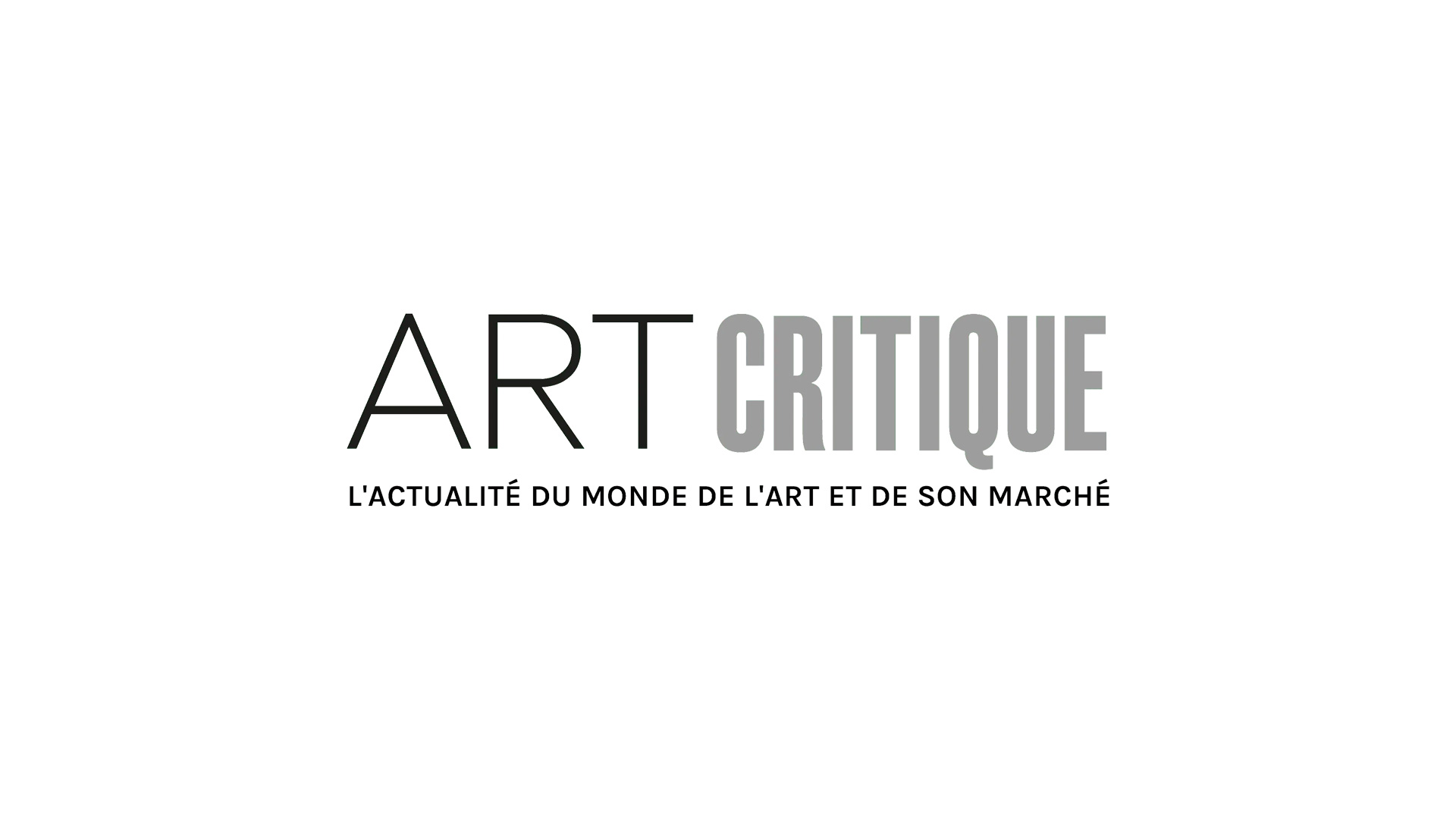Museums in recent years have been rethinking the ways in which they engage their audiences, and, for some, that has meant reevaluating their admission costs. The Museum of Contemporary Art Chicago, for example, introduced a new price band highlighting the gender pay gap in which visitors who felt affected by the gap paid only 81% of the standard ticket price. That initiative, however, only ran the length of an exhibition. Now, the Art Gallery of Ontario (AGO) is making a long lasting, concerted effort to make access to the museum more affordable for all.
Last week, the AGO announced that beginning May 25th, anyone under the age of 25 will get free admission to the museum, any time, all year long. Moreover, AGO will offer a new annual pass for individuals 25 and up for just 35 Canadian dollars (about US$26) per year. Compare that to other museums, like the MoMA, the Met, London’s National Gallery, or the Smithsonian American Art Museum, where annual memberships can cost anywhere from about US$90 to US$250 or more. Before introducing their new pass, a yearly AGO membership would set you back about C$110.
‘Art is essential, and we’re making it easier for everyone to make it a part of their everyday lives,’ says AGO’s director and CEO Stephen Jost. The choice to lower the price of the yearly pass, says Jost, is to get a better picture of who their roughly 500,000 visitors are. By having a membership, they’ll have better data to work with and by lowering the cost of a membership, only about 10 Canadian dollars less than the price of a regular adult ticket to the museum, they hope to get more members and more data. ‘We often spend money marketing to upper middle-class people who’ve been to the institution in the last year,’ Jost told artNEWS. ‘If we can communicate directly with those people, then I can deploy my marketing money in the Mandarin-speaking suburbs of Toronto, for example.’
The AGO is lucky enough to receive some funding from the Canadian government, but a large amount, about 1.8 million Canadian dollars, that comes from private donations allowed them to put forth their initiative to lower membership prices. While the AGO recognizes the risks involved with the inauguration of their more affordable membership, Jost expects they’ll have ‘more members than any museum in North America’ if it works.
This isn’t the only radical thing the AGO has done in recent months. Back in November, the AGO turned to crowdsourcing to raise the funds to acquire Infinity Mirror Room – Let’s Survive Forever by the renowned Yayoi Kusama. In early December, the museum was successful in their campaign bringing Let’s Survive Forever to their museum making it the first Infinity Mirror Room to become part of a Canadian collection.
‘Great cities deserve great civic spaces,’ continued Jost. ‘And increasing access to the AGO will make the museum a more welcoming and inclusive place for all.’





